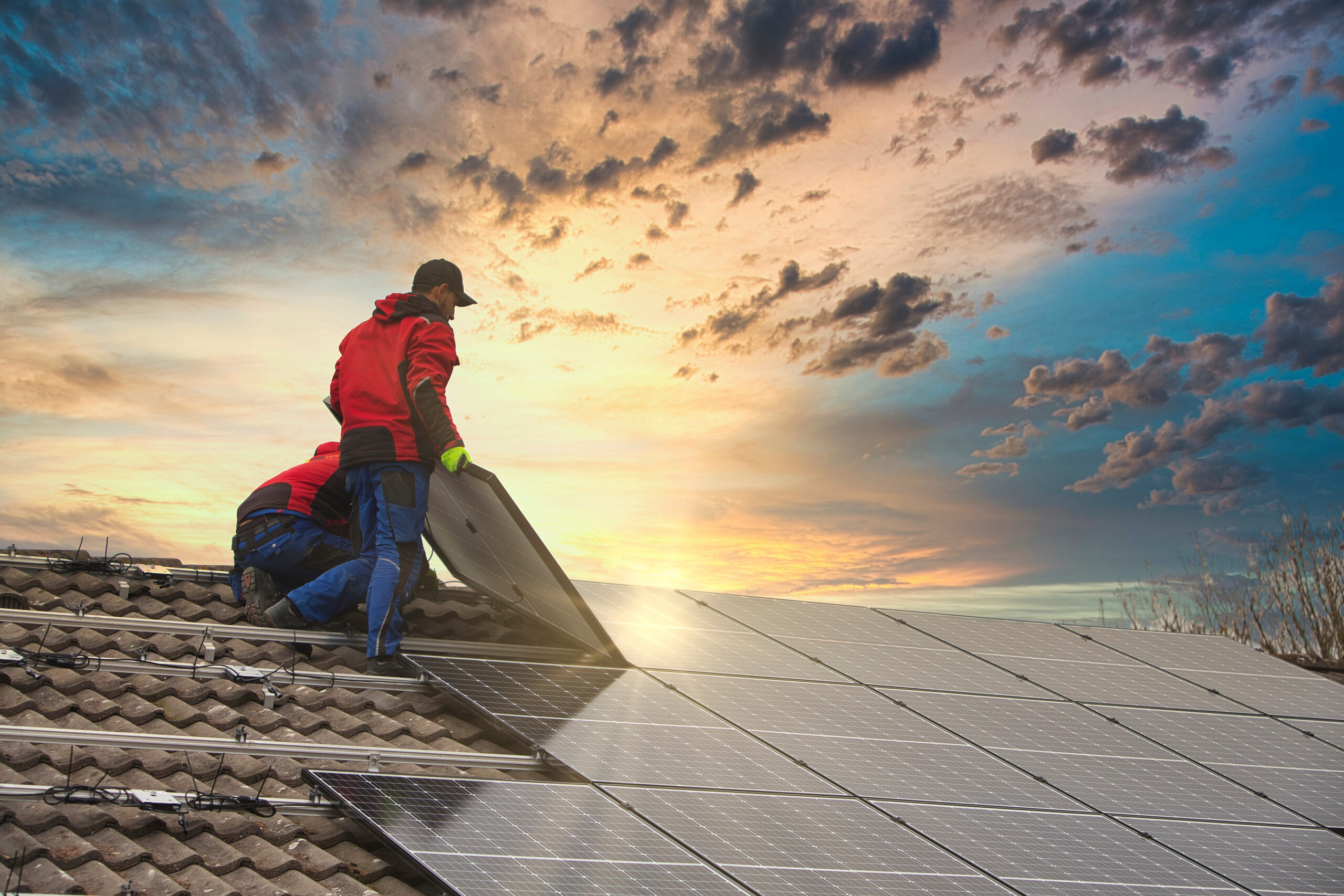A skylight adds light and comfort to your home. In most cases, aside from a few minor electrical functions available on modern skylights (such as dimmers), a skylight provides this light with little to no electricity costs. As a result, they are a popular option for Australian homes.
When it comes to buying and installing a skylight, you need to consider two factors. Firstly, the cost of the skylight that suits your needs, and secondly, the cost of installation. The cost of purchasing your skylight and materials will vary greatly depending on the type of skylight you choose. Lets look at some prices for traditional and tubular skylights.
Traditional fixed skylights range from $600 to $1,100. Opening skylights range from $1,100 to $3,000. To combat heat transfers into the room these skylights need blinds to keep out heat. The blinds add $600 each to the fixed skylights, and $300 to the opening skylights. So your basic smallest tradition fixed skylight all up is $1,200.
A 250mm diameter tubular skylights is around $700. The larger 400mm diameter tubular skylights are about $1,000 and no blinds are required as they transfer minimal heat.
Let’s take a look at the other notable expense – the cost of skylight installation.
Factors that influence the skylight installation price
When you’re considering skylight installation in your home, many factors can affect the cost. Typically, the major influencing factors are:
- The type of skylight you choose – tubular or traditional
- The scope and complexity of the installation, traditional skylights are complex to install, tubular skylights are easy
- Roof accessibility and height – are scaffolds or cherry pickers needed?
All of these things will affect the overall cost of your skylight installation, so they must be considered before making a purchase.
The type of skylight you choose
There are several different types of skylights on the market today, including:
- Tubular skylights
- Traditional Fixed or Opening skylights
- Solar LED skylights
Within each of these types, you will also find several variations; for example, they may have a dome on the roof instead of a flat surface. They may feature dimmers or various types of diffusers. Fixed skylight need to have blinds to control heat As such, all skylights are different, and the installation process will also differ.
The scope of the installation
When it comes to skylights installation, we’re effectively talking about labour costs for a tubular skylight. However traditional skylights also need framing timber, plastering and painting. A tubular skylight will be much cheaper to install than a traditional fixed or opening skylight design.
While this is important to keep in mind, it’s usually more beneficial to buy the skylight that most suits your home. Saving money on installation is great, but if it results in your home not getting enough light, then the whole process becomes somewhat ineffective.
Roof accessibility
Roof access is another important factor when determining the cost of installing a skylight. As we mentioned, it all comes down to labour costs. Your installation expert needs access to your roof, which can be easier or more difficult depending on the height, pitch and type of roof you have.
While a qualified installer should be able to access most roofs safely, you also need to consider access to the roof cavity. This is especially important for tubular skylights that run from the roof, through your roof cavity and down to your ceiling. In most cases, this isn’t a huge problem, but if there are complexities with roof access, the job will take longer and therefore cost more.
How much does a skylight installation cost?
As you can see from the factors above, there are several things that determine the overall skylights installation cost. For that reason, it’s impossible to give an exact figure. Every home is different, as is every skylight. While we can’t provide exact figures, here are some of the average skylights installation costs depending on the type you install:
- Tubular skylights – Approx $200 per skylight. A skilled technician can install the skylight in a couple of hours
- Traditional Fixed or Opening skylights – are complex to install and can cost $1,500 to $2,000 each. Different trades are needed over several days as each skylight needs a shaft the size of the skylight to be built to transfer the light from the roof to the room.
- Solar/LED skylights – Approx $200
Always choose reputable, skilled professionals to install your skylight
Regardless of the cost, we recommend always choosing skilled professionals to install your skylight. Many people attempt a DIY skylight installation, and the results are frequently not as they expect. Installing skylights is a speciality job and is best done by a professional. For the sake of saving money on installation, it’s not worth the risk of ruining both your new skylight and potentially parts of your roof.
Looking for the best skylights installation in Sydney?
SolarBright is the number one choice for the best skylights Sydney has to offer. Our superior, state-of-the-art skylight technology and designs give you plenty of options to find one that suits your needs. Contact us today for a quote, and we’ll outline the costs of your new skylights installation.
Read Also:
An Excellent Alternative to Traditional Skylights
How To Choose The Right Sized Solar Power System











